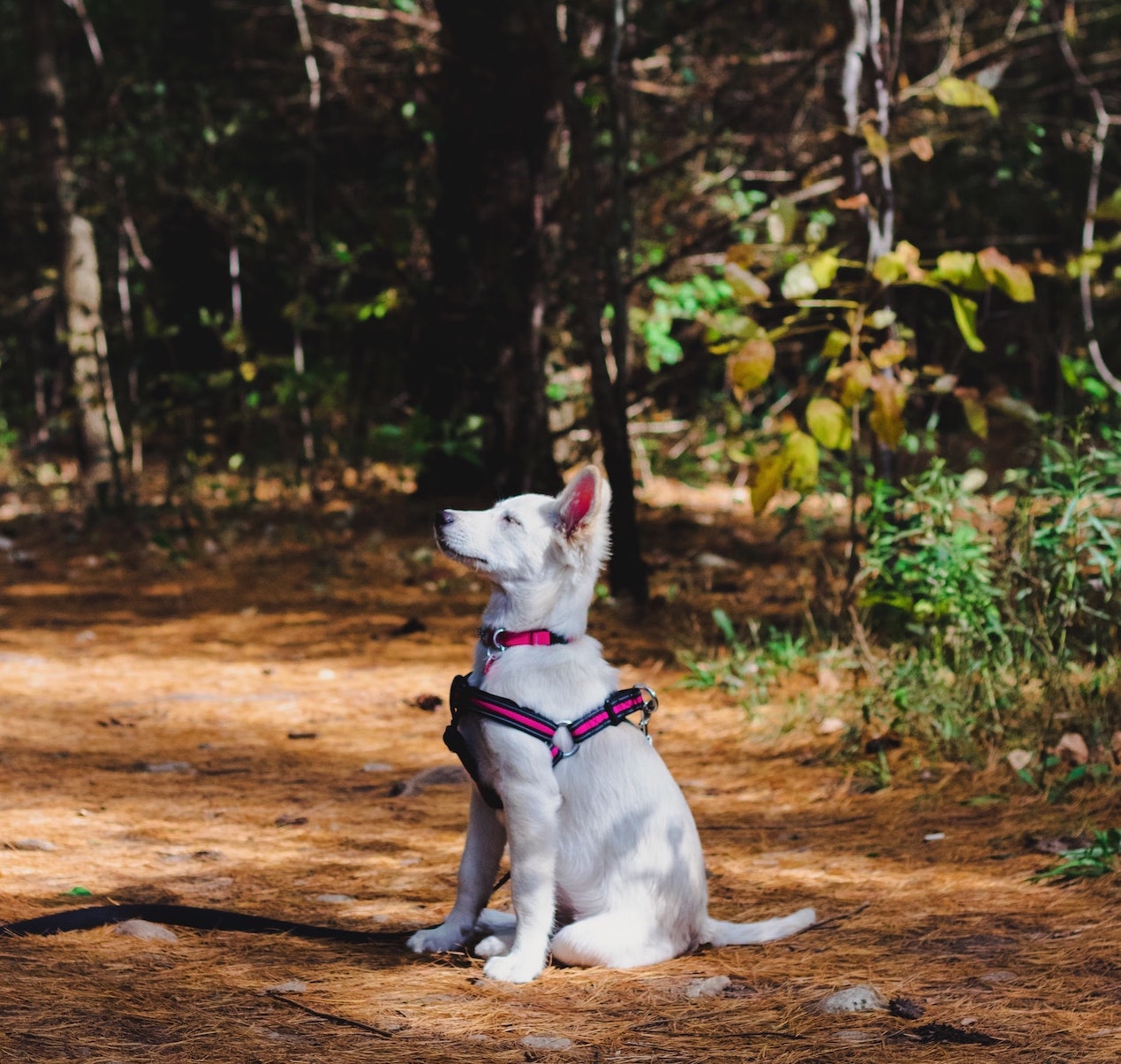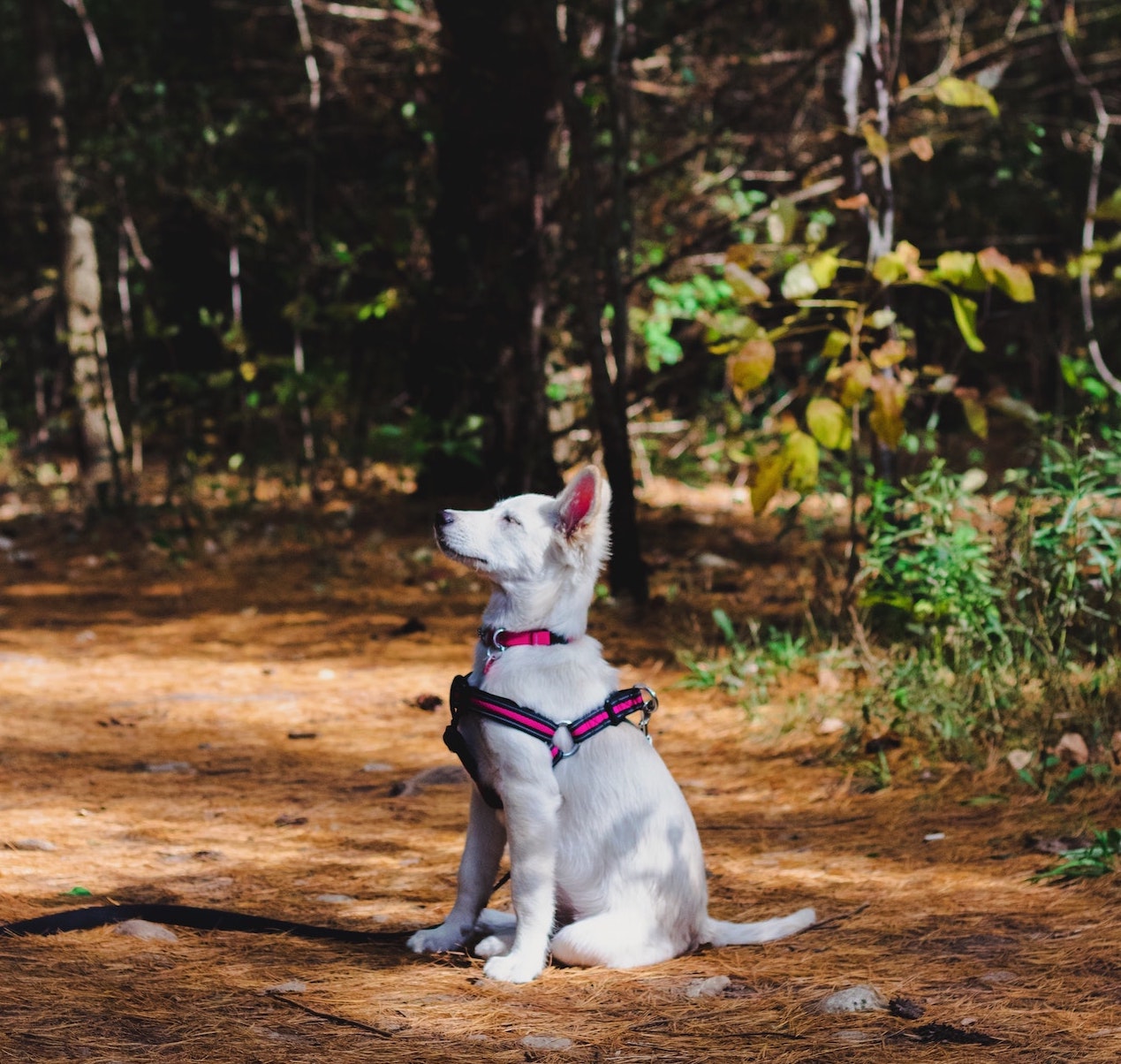Pet Training Tips: Effective Techniques for Teaching Commands and Behavior
Having a furry friend by your side is a joyous experience, but it's essential to ensure they are well-behaved and obedient. In this article, we'll explore effective pet training techniques that will help you teach commands and shape desirable behavior in your beloved companions. Get ready for a tail-wagging adventure filled with laughter, treats, and lots of pawsitive reinforcement!
Pet Training Tips: Effective Techniques for Teaching Commands and Behavior
Having a furry friend by your side is a joyous experience, but it's essential to ensure they are well-behaved and obedient. In this article, we'll explore effective pet training techniques that will help you teach commands and shape desirable behavior in your beloved companions. Get ready for a tail-wagging adventure filled with laughter, treats, and lots of pawsitive reinforcement!


Creating a Positive Learning Environment
1. Bonding Time: Spend quality time with your pet, establishing a strong bond based on trust and affection. This will make the training process more enjoyable for both of you.
2. Consistency is Key: Set clear rules and boundaries from the start. Consistency in your expectations and responses will help your pet understand what is expected of them.
3. Positive Reinforcement: Use treats, praise, and rewards to reinforce desired behaviors. Positive reinforcement motivates your pet and makes training sessions fun and rewarding.
Basic Command Training
1. Sit: Start with the basics. Hold a treat above your pet's head and move it backward, causing them to naturally lower their body into a sitting position. Reward and praise them when they successfully sit.
2. Stay: Begin by asking your pet to sit. Extend your hand, palm facing them, and say "stay" while taking a step back. Gradually increase the distance and duration of the stay, rewarding them for maintaining the position.
3. Come: Practice calling your pet's name followed by the command "come." When they come to you, reward them with treats and praise. Make it a positive and exciting experience for them.
Creating a Positive Learning Environment
1. Bonding Time: Spend quality time with your pet, establishing a strong bond based on trust and affection. This will make the training process more enjoyable for both of you.
2. Consistency is Key: Set clear rules and boundaries from the start. Consistency in your expectations and responses will help your pet understand what is expected of them.
3. Positive Reinforcement: Use treats, praise, and rewards to reinforce desired behaviors. Positive reinforcement motivates your pet and makes training sessions fun and rewarding.
Basic Command Training
1. Sit: Start with the basics. Hold a treat above your pet's head and move it backward, causing them to naturally lower their body into a sitting position. Reward and praise them when they successfully sit.
2. Stay: Begin by asking your pet to sit. Extend your hand, palm facing them, and say "stay" while taking a step back. Gradually increase the distance and duration of the stay, rewarding them for maintaining the position.
3. Come: Practice calling your pet's name followed by the command "come." When they come to you, reward them with treats and praise. Make it a positive and exciting experience for them.
Tackling Common Challenges
1. House Training: Establish a routine for bathroom breaks and reward your pet when they are eliminated in the appropriate area. Clean accidents promptly and avoid punishment, as it can create fear and confusion.
2. Leash Training: Introduce your pet to the leash gradually, allowing them to explore it and associate it with positive experiences. Start with short walks, rewarding them for walking calmly by your side.
3. Chewing and Biting: Provide appropriate chew toys to redirect your pet's chewing behavior. If they bite, say "ouch" in a high-pitched tone and immediately redirect their attention to a toy or bone.
Advanced Training Techniques
1. Stay: Practice the "stay" command in different environments with distractions. This will help your pet stay focused and obedient even in challenging situations.
Tackling Common Challenges
1. House Training: Establish a routine for bathroom breaks and reward your pet when they are eliminated in the appropriate area. Clean accidents promptly and avoid punishment, as it can create fear and confusion.
2. Leash Training: Introduce your pet to the leash gradually, allowing them to explore it and associate it with positive experiences. Start with short walks, rewarding them for walking calmly by your side.
3. Chewing and Biting: Provide appropriate chew toys to redirect your pet's chewing behavior. If they bite, say "ouch" in a high-pitched tone and immediately redirect their attention to a toy or bone.
Advanced Training Techniques
1. Stay: Practice the "stay" command in different environments with distractions. This will help your pet stay focused and obedient even in challenging situations.
2. Leave It/Drop It: Teach your pet to release items from their mouth by using the commands "leave it" or "drop it." Gradually increase the value of the object and reward them when they comply.
3. Tricks and Agility: Engage your pet's mental and physical abilities by teaching them fun tricks and introducing them to agility training. This will provide mental stimulation and strengthen your bond.
When to Seek Expert Help
1. Complex Behavioral Issues: If your pet displays severe aggression, anxiety, or other complex behavioral issues, it's crucial to seek professional help from a certified animal behaviorist or trainer.
2. Specialized Training: Some pets may require specialized training for specific tasks or jobs. Professional trainers can guide you through the process and help your pet reach their full potential.
2. Leave It/Drop It: Teach your pet to release items from their mouth by using the commands "leave it" or "drop it." Gradually increase the value of the object and reward them when they comply.
3. Tricks and Agility: Engage your pet's mental and physical abilities by teaching them fun tricks and introducing them to agility training. This will provide mental stimulation and strengthen your bond.
When to Seek Expert Help
1. Complex Behavioral Issues: If your pet displays severe aggression, anxiety, or other complex behavioral issues, it's crucial to seek professional help from a certified animal behaviorist or trainer.
2. Specialized Training: Some pets may require specialized training for specific tasks or jobs. Professional trainers can guide you through the process and help your pet reach their full potential.


Paw-some Results Await!
Training your pet is an investment of time, patience, and love, but the rewards are immeasurable. With a positive learning environment, consistent reinforcement, and a dash of creativity, you can shape your pet into a well-behaved and happy companion. Remember, every pet is unique, so tailor your training approach to their individual needs. Get ready to witness the transformation and enjoy a paw-sitively delightful journey with your well-trained pet!
Paw-some Results Await!
Training your pet is an investment of time, patience, and love, but the rewards are immeasurable. With a positive learning environment, consistent reinforcement, and a dash of creativity, you can shape your pet into a well-behaved and happy companion. Remember, every pet is unique, so tailor your training approach to their individual needs. Get ready to witness the transformation and enjoy a paw-sitively delightful journey with your well-trained pet!












